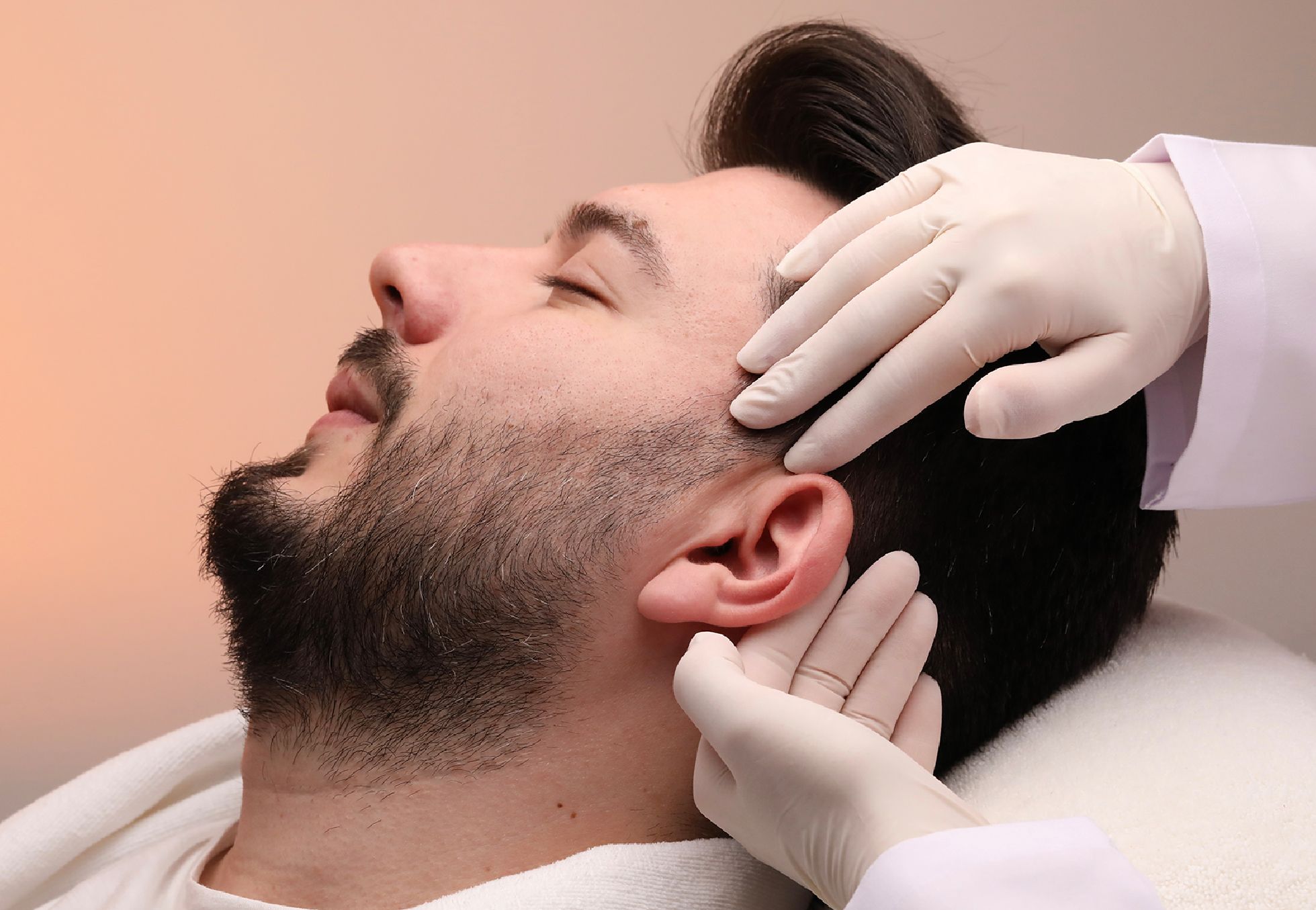Ear Aesthetics

What is Ear Aesthetics (Otoplasty)?
The ear is one of the few areas that cannot be hidden. Individuals may feel uncomfortable with the shape or angle of their ears, and may sometimes be significantly embarrassed by them which may negatively affect their confidence.
Cosmetic ear surgery, which has become one of the increasingly popular cosmetic applications all over the world, is called otoplasty. Otoplasty is plastic surgery operations performed to improve the shape, size, position or ratio of the ears. While providing a balance and proportion between the ear and the face, it helps to create a more natural look.
With ear aesthetics, a congenital defect in the ear structure or deformities caused by impacts to the ears can be corrected. It can also be preferred in the correction of previous ear aesthetics results the individual is dissatisfied with. Correcting even minor deformities in the ears can help increase the individual’s confidence. Cosmetic ear surgery can also be performed on children between the ages of 4 and 14.
Who Can Get Ear Aesthetics?
- Children who need ear cartilage correction,
- Healthy individuals without a life-threatening illness or medical condition that could impair recovery,
- People with jug ears,
- Those with abnormally large ears,
- Those who have protruding ears.
Preparing For A Ear Aesthetics
For surgical procedures like this one, a doctor consultation should be carried out first. The operation can be performed under local or general anesthesia and takes 2 to 3 Hours on average. If the operation will be performed under general anesthesia, the following should be considered before the day of the surgery;
- In line with the doctor’s recommendation, no medication that will increase the risk of bleeding or prevent blood clotting must be taken.
- These medications include aspirin and pain relievers with blood thinning effects. In order to reduce the risk of excessive bleeding during the operation, the use of these medications should be discontinued 1 to 2 weeks before surgery.
- Light meals such as soup should be preferred in the evening before the surgery. Nothing should be consumed after midnight.
- On the morning of the operation, if a regular medicine needs to be taken, it can be taken with a sip of water.
- Make-up should not be applied on the day of surgery.
Postoperative Recovery Process
After the operation, the individual’s head is bandaged. It is very important to follow the doctor’s instructions on how long the bandage must remain on the head in order to complete the healing process without any problems.
- After the surgery, it is important to keep the head slightly elevated while resting and sleeping.
- It may be necessary to apply ice intermittently.
- After the surgery, one should stay at home for at least one week. Children should not go to school for at least a week.
- The bandage must remain on for at least three days. When the bandage is removed, a dressing is applied to the treatment site.
- Also, if stitches need to be removed, they will be removed about a week after the surgery.
- It may be necessary to use a tennis headband for at least a month to maintain the shape of the ear. Sometimes this period can be prolonged to 1-3 months.
What You Should Know About Ear Aesthetics
- After the operation, there will be a small scar in the fold between the ear and the head behind both ears.
- There may be slight bruising around the ears.
- There may be pain, numbness or a tingling sensation in the ears, which resolve over time.
- After the surgery, inflammation of the ear cartilage, clot formation in the skin or in the case of an unsuccessful surgery, asymmetry in
- the ears can be seen.
- In addition, excessive bleeding and infection may occur in the incision site.
